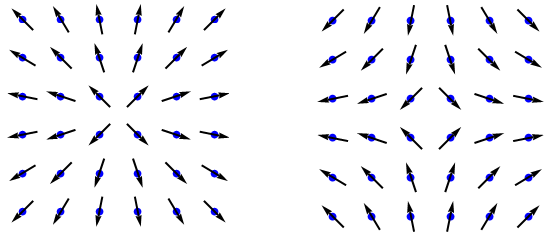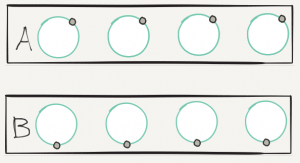In 2009, I wrote an explanation of Bell’s Theorem that could be understood by popular audiences. I wanted to repost it, but ended up rewriting it completely.
Although the predictions of quantum theory are well-understood, its interpretation is famously difficult. Because quantum mechanics only makes probabilistic predictions, many people have desired a “hidden variable” interpretation, where quantum objects have definite states, despite appearances to the contrary. But hidden variable interpretations are generally not accepted.
It is certainly possible to create a hidden variable interpretation that agrees with the all the predictions of quantum theory, and de Broglie-Bohm theory is an example of such a interpretation. However, de Broglie-Bohm has a number of unsatisfying properties. Indeed there are a few theorems that prove that any hidden variable interpretation must have unsatisfying properties.
The most important of these is Bell’s Theorem, formulated in 1964. What follows is an explanation of the thought experiment, the mathematical proof, and its implications.
The setup
Bell’s Theorem considers a particular thought experiment, in which two electrons are emitted simultaneously from a single source in opposite directions. This source emits electrons that are “entangled”, meaning that their quantum states are correlated with one another. If you perform the same measurement on both electrons, both measurements will always produce the same result.1
[Read more…]


 Figure 6.
Figure 6.